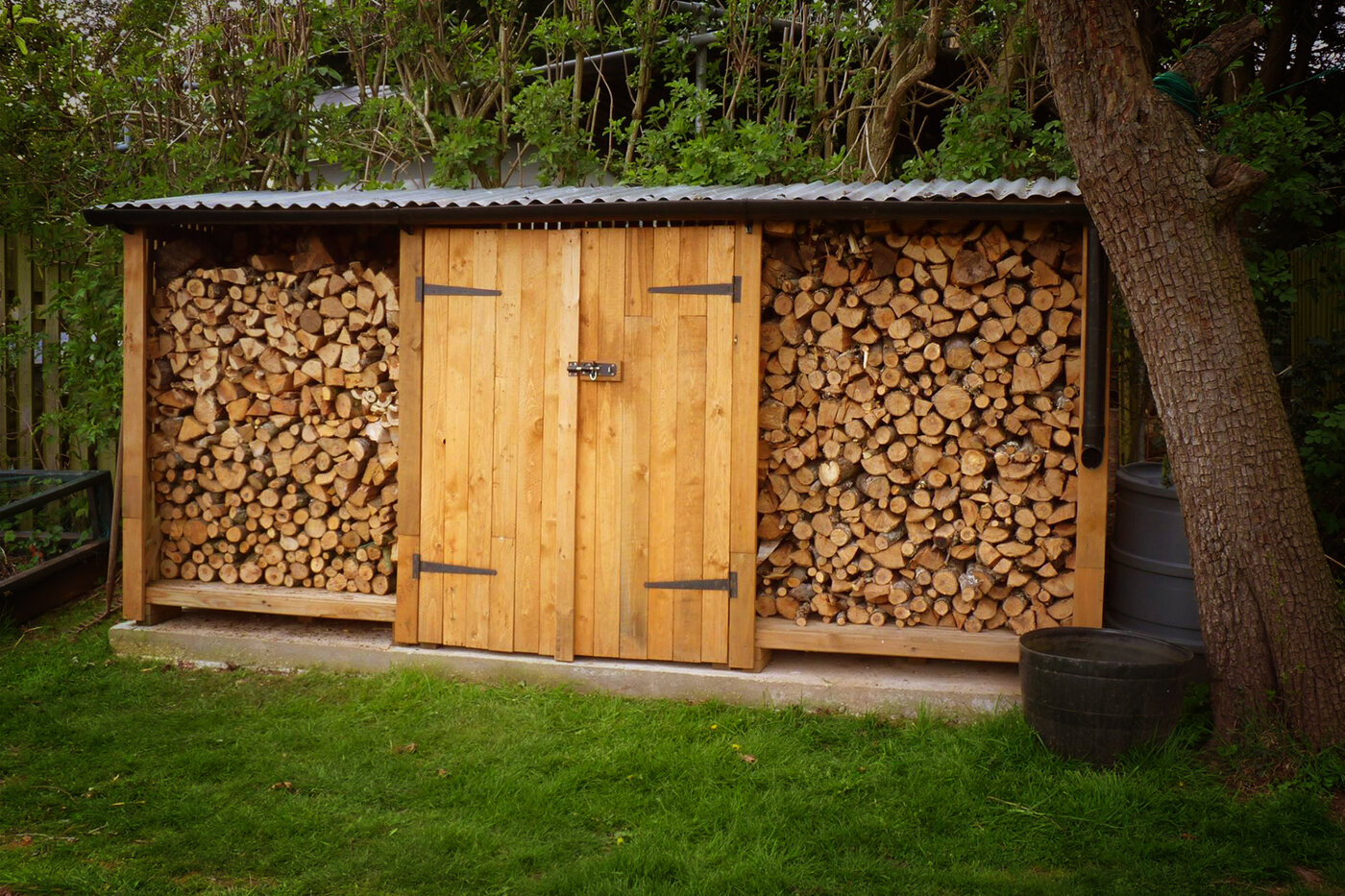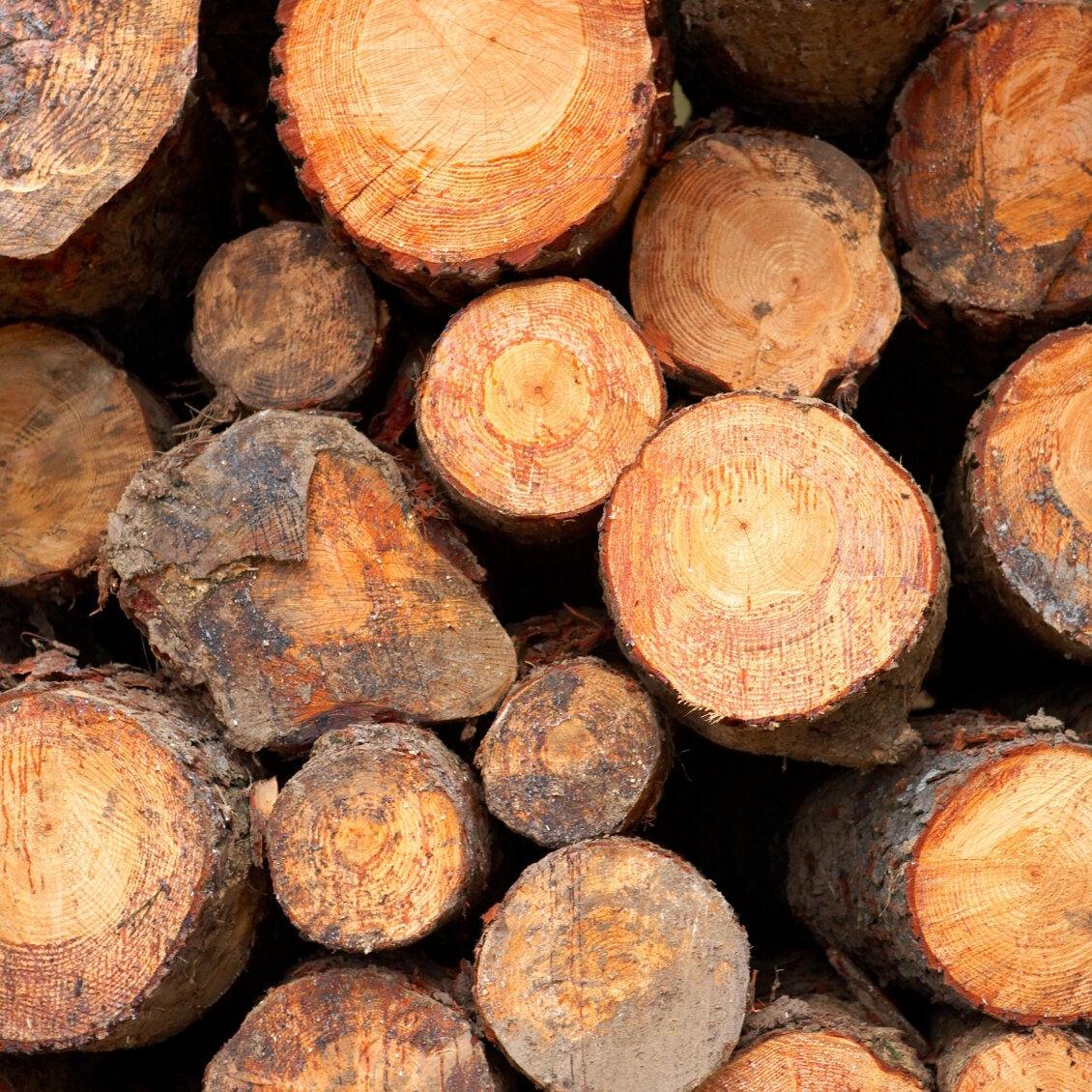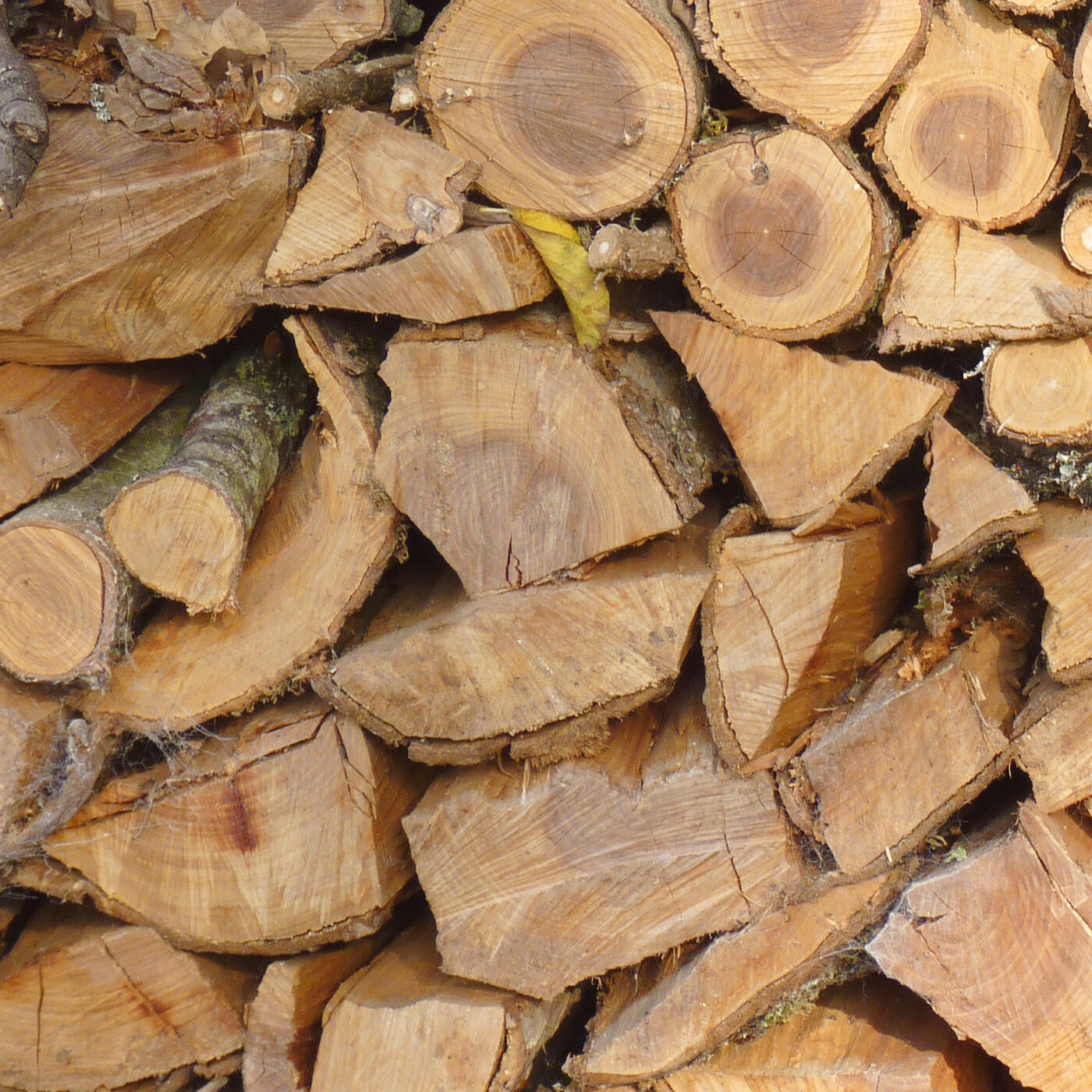What are Logs?

Wood log cookers burn virgin wood which has been cut and processed into logs. Other clean waste woods such as carpentry offcuts are also suitable but might create their own thoughts when dealing with the fuel. This leads to several questions and important factors when producing or buying your wood including the storage and handling.
Whether buying or processing your own wood logs the most important factor is the wood when it comes to be burnt must be dry. By dry, we mean less than 20% moisture and ideally less than 15%.
Wood will naturally dry in the UK, a little slower in wetter Northern areas but it will still dry to be a useful fuel. How long this takes depends on the wood its self and the way it has been processed and stored.
As a guide wood is ready to be burnt after about 2 years of being stored in suitable conditions and split during the early summer of use. By two years we generally mean two full spring and summer periods. If however the wood is split and well stored in the first winter it’s possible to be ready the following winter depending on the wood type.
Splitting wood opens the internal surfaces to allow internal moisture to be dried through the action of the wind and sun. It also increases the surface area, so the effects of the spring and summer can dry the wood.
The storing of the wood is as important as the splitting itself. The best way to dry wood is to keep it off the ground with a ventilated floor such as a pallet. The top is covered in a water proof cover ideally black in colour to heat up from the sun and in an open position where the wind can do the most benefit.

When it rains, and a road becomes wet it soon dries when exposed to the sun and wind. Roads which are shaded or in sheltered spots can sometimes take days to dry as the sun and wind have little effect.
It is the same if you store fuel in an enclosed building such as garage or closed building. Store your fuel outside covered from most of the driving rain and off the floor.
Different wood types take different times to dry.
The density of the wood changes the time it takes to dry. Simply explained the tighter the grain structure inside the wood the longer the wood takes to dry. The moisture exits the wood via these grain lines the natural tubes within the wood. The smaller these tubes the more difficult to expel the moisture it is.
Oak and other hard woods generally have small moisture tubes while pine and most softwoods have larger rings which allow water to escape faster. So splitting wood speeds up the drying time, by splitting into smaller logs the wood dries even faster. Wood split for kindling dries very quickly, while a log several inches across of oak may take years to dry.
A general rule
 6” log in the round (not split) fresh, contains around 1 pint of water.
6” log in the round (not split) fresh, contains around 1 pint of water.
Split into 3 logs and it can be suitable to burn in under 1 year.




